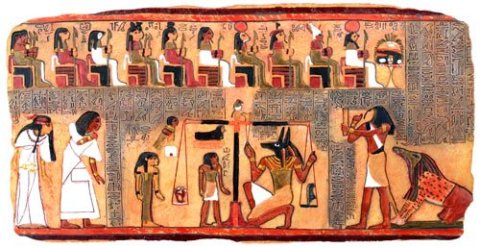Six Businesses, Six Logos
Someone recently asked me, “How do you create a logo? Where do you start?”
I didn’t have a ready answer, except that it just sort of happens ~ ideas, concepts, visuals come to mind, which then evolve, and then get tweaked into a finished product. And while this is the truth of it, I’m sure it was highly useless to the person asking the question, especially the part where it “just sort of happens”.
If I were to try again, I’d say that the “just happening” probably comes from many years of what I’ll call research. It’s being in a business where you’re constantly aware of branding, you’re using different fonts and font combinations on a daily basis, working with shapes and colors and sizes and revolving trends. So that when you sit down to “create”, there’s all this history at your disposal. A muscle that’s been exercised regularly. You know where you can bend and stretch the limits, and you know ~ both intuitively and figuratively ~ what won’t work.
With that in mind, I have 4 rules I’ve always followed when creating a logo:
1.) Clear the head.
2.) Listen.
3.) Find emotional touchpoints and discern the personality of the business.
4.) Distill to its simplest form.
Of course within the process there’s the wonderfully muddy area where creativity swirls. Marrying concepts and tastes, the play of fonts, and the interweaving of symbols and shapes to give a visual voice to the intent of the logo: which is to be distinctive, memorable and clean, ready to leave a solid, ever-present, impression.
Here are 6 recent logos from 6 different businesses: A Non-Profit Foundation for Special Forces families, Landscaping, Real Estate Staging, E-Learning, Speech & Presentation Coaching, and Osteopathy. (I might mention that most of these presented the additional challenge of being particularly long names, which can be trickier when it comes to applying them… more on that next.)





